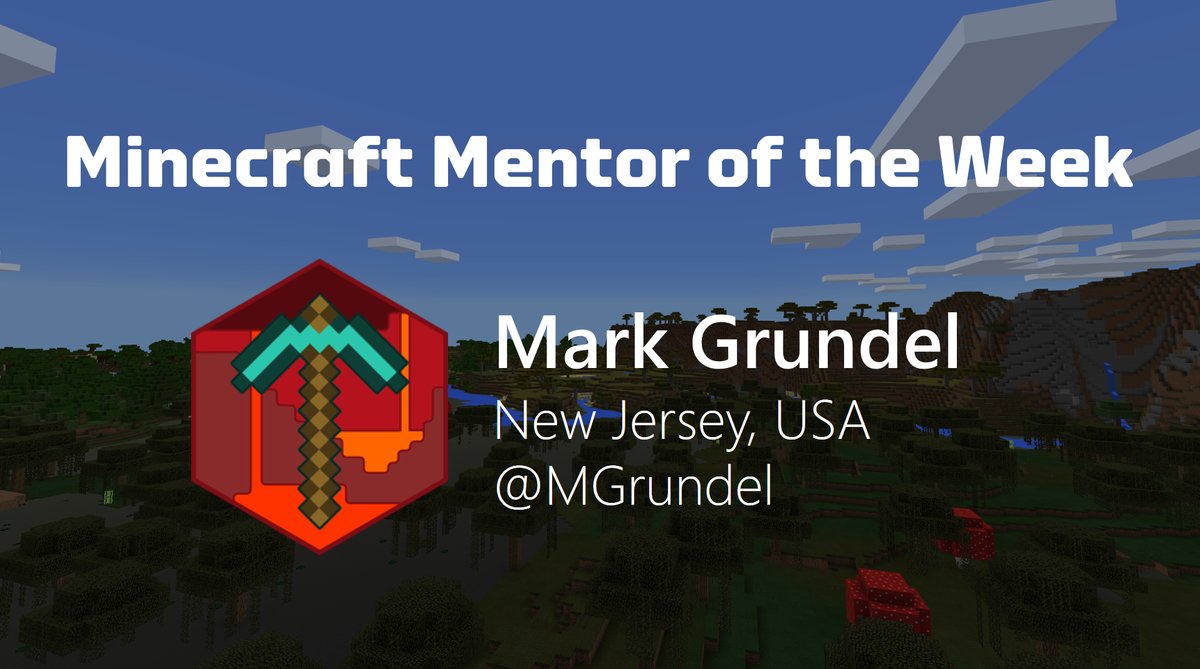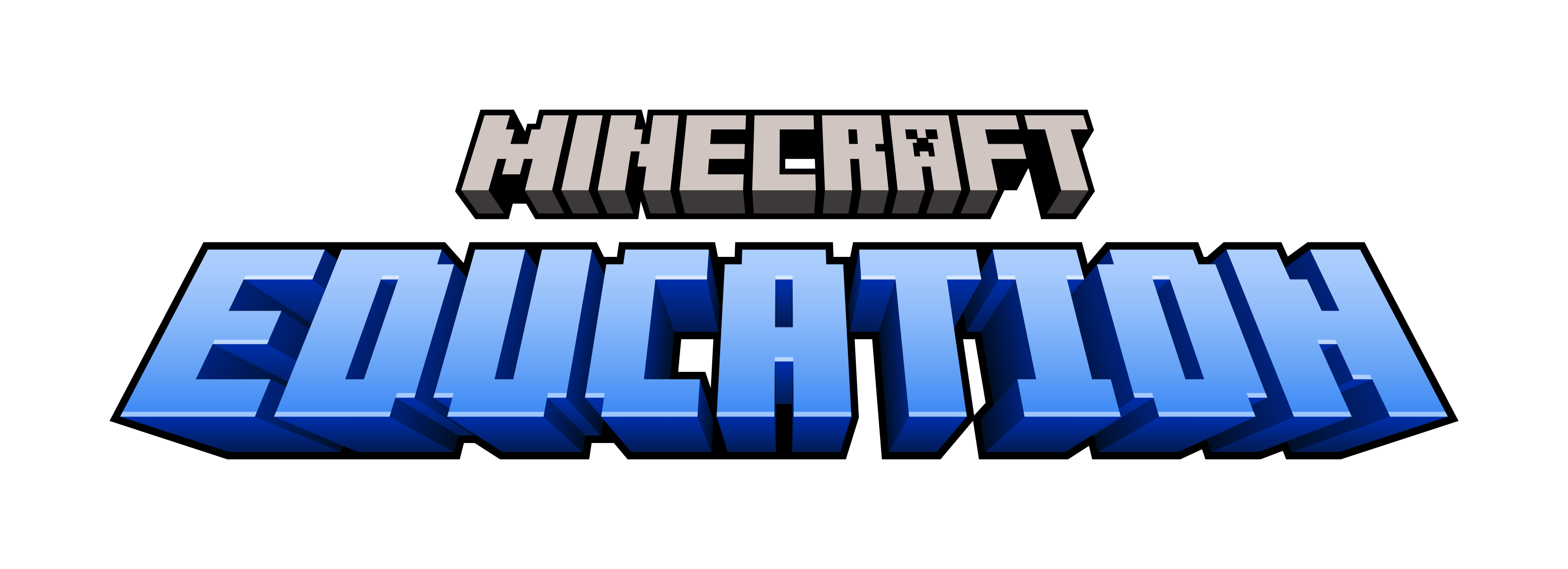Starting Conversations: Building a Common Language w/ Minecraft: Education Edition


I first became enamored with Minecraft about two years ago. I was exposed to the game while working with a summer camp program. Minecraft was like no other game I had played or experienced. More importantly, I had never seen students engage or become excited with any educational experience like they did with Minecraft. We were asking students to do some really hard stuff, build maps and games, create mods, code and program, and construct alternate dimensions. This process involved planning, hypothesizing, designing, building, testing, and revising, the Iterative Process. Students were challenged and motivated to learn, despite the difficulties that they faced. Each small group had a unique map, which represented their interests. I felt Minecraft pulling at me and I found myself engaging more and more with the students about their work. I wanted to know how they accomplished their goals, what they wanted to do next. Slowly, I began to acquire the domain specific language that is Minecraft. I began having conversations with kids in the parking lot about Minecraft. The parents would listen to our conversations, an adult and a child, going back and forth, excitedly bouncing ideas off of each other. Inevitably, a parent would jump in with a comment about not understanding a thing we were saying, maybe some cliché about it being Greek to them. I could tell that these adults did not share in our special language, a new language that was emerging for me. James Gee would call this type of interaction a Semiotic Domain, a certain way of thinking, acting, interacting, valuing and believing. He would also call us Minecraft players an Affinity Group. In my desire to connect with other educators using Minecraft, I took to Twitter, in essence, to grow my Affinity Group. I met amazing educators who were willing to further my own educational experience with Minecraft. After one connection with PBJellyGames (AKA Garrett Zimmer), I decided to continue our conversation. Together we formed the Twitter Chat #MinecraftED, which eventually became #MinecraftEDU. Each week we engaged, and continue to engage, with educators about a different topic surrounding Minecraft in Education. We are closing in on a year now and each conversation has been unique, exciting, and of great value to me. I hope that the community has also seen such value from our conversations. It amazes me that each week is a different topic, with different educators, and that all of these conversations focus on student growth and learning.
Minecraft has helped give me a voice. I have befriended educators around the world, from countries on almost every continent and in almost every single state in my home country. I have also seen first hand what Minecraft has done for my students. It has helped turn the highly intelligent kid, who was also massively disengaged into a classroom leader and expert. I have seen it take a child who hated school and refused to complete any homework or projects into a student who was excited to share their build which took them five hours the previous night. I have seen it take a child with such severe ADHD that he could not concentrate without frequent breaks, to working passionately on assignments and take ownership of his work and learning. I have seen the game take two unlikely students, who shared almost no interests on the surface, only to discover that they shared a passion for landscapes in a digital environment, and which eventually led to a new friendship. As a Minecraft Global Mentor, I want to help keep that conversation going. I want to start a conversation around the game at every conference, convention, and Edcamp I attend. I want to get adults passionate and excited about the game. I want to get adults to play the game. I want to get adults to understand the game, even if it is just scratching the surface because I have seen what Minecraft can do for students. Yes, I have seen my test scores go up and my attendance rates increase, but more importantly I have seen my students develop a true classroom community. One where I have seen students work collaboratively towards common goals, strive to overcome hurdles, and share in the loss of a teammate or from the perils of a Creeper. Minecraft has changed the way I teach. It has changed the way I view teaching. It has empowered me, it has allowed me the ability to let go, and it has opened me up to a new way of learning. If it has been able to do all of these things for me as an adult, imagine what it is doing for our students? Never before have I seen students take such pride and ownership in their work. Never have I seen students take on such leadership roles in the classroom. The next time you hear students talking about a video game, whether it is Minecraft or not, simply listen. Pay attention to their special language. Maybe ask them, how could we use this in our classroom? And keep the conversation going.


